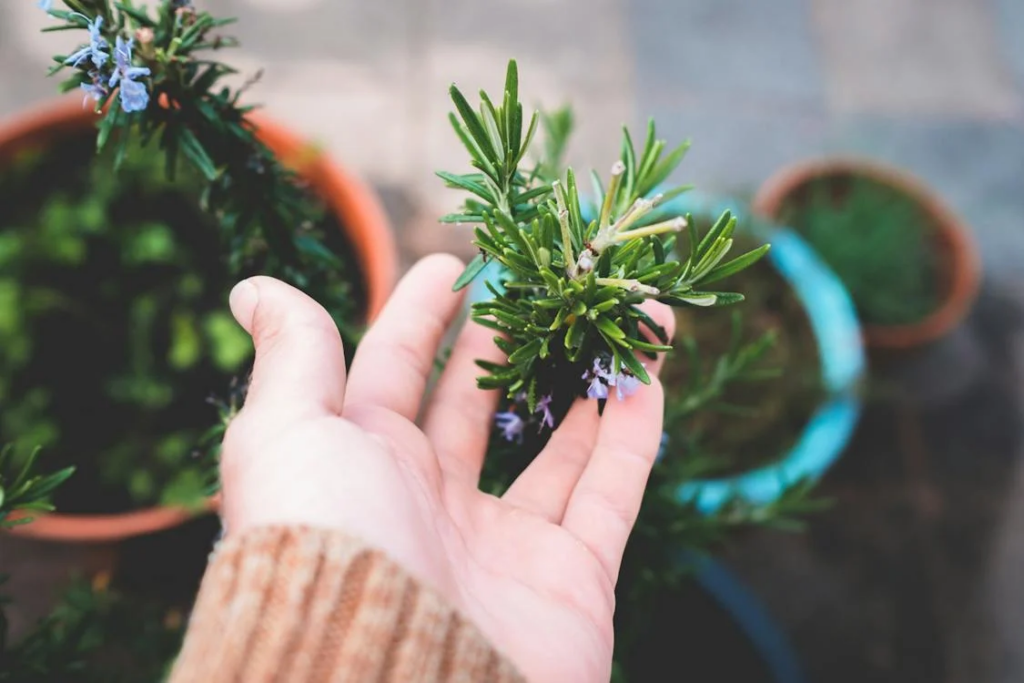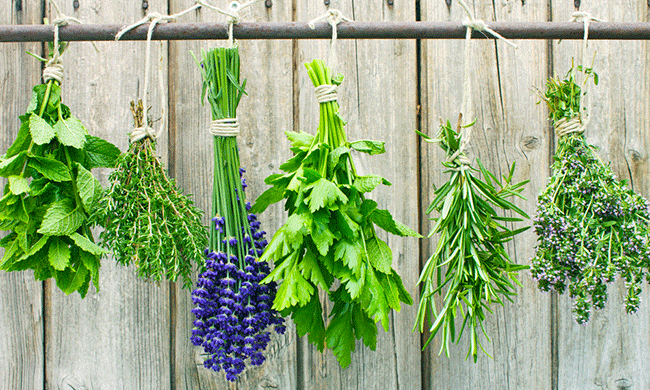All medicine comes from herbology- or at least it did at one point in time. Natural medicine is making a big comeback now that people are becoming more aware of the many toxic dangers of pharmaceutical drugs. Growing your own garden of medicinal herbs is easier than you might think. Chances are you might already have one or two of these herbs in your own yard or growing somewhere nearby.
1. Common Sage: Salvia officinalis

Can be used for: Cooling the body, drying certain bodily conditions, and has anticancer uses due to it’s phytoserol (1). Sage is useful in treating high fevers, diarrhea, and excessive sweating or phlegm, as well as throat inflammation, asthma, and bronchitis.
How to use: Dry the leaves and eat them, or steep them for 10 minutes in boiling water as a tea. If you wish to drink sage tea as a medicinal treatment, be sure to cover the tea with a lid while steeping to avoid loss of critical ingredients via evaporation.
How to grow: Sage is a perennial, and thrives in warm, arid climates. But it will grow in some milder conditions. Plant it in a mixture of sandy soil where the sunlight will be upon it most of the day, and water every other day.
2. Peppermint: Mentha piperita

Can be used for: Relieving stomach issues, gastrointestinal problems, irritable bowel syndrome, and gas. Peppermint is great for calming the intestinal muscles and improving bile flow.
How to use: Peppermint tea can be used with either dry leaves or from ones picked fresh off the plant. Another method for medicinal use is to make essential oil from peppermint leaves. Crush the leaves, fill a lidded jar 3/4 of the way full with the crushed leaves, and fill the remainder of the jar with vodka. Leave the jar to steep for a couple weeks, shaking occasionally. Strain the leaves and the remainder is your peppermint extract.
How to grow: Peppermint can grow virtually anywhere, but tends to thrive in partially shaded areas with rich, moist soils.
3. Catnip: Nepeta cataria

Can be used for: Treating common stress problems like insomnia, anxiety, and addiction. It’s also a natural sedative, and can be used to treat children’s illnesses because it helps soothe the stomach and relax the body without any side-effects.
How to use: Dry the leaves and mix with honey. Eat the mixtures when needed. May also be brewed in a tea the same as sage.
How to grow: Catnip is also a perennial. Plant in rich soil with adequate drainage, and place in full or partial sunlight.
4. Rosemary: Rosmarinus officinalis

Can be used for: Increasing circulation of blood and oxygen, and also increasing antioxidant levels. It contains anti-inflammatory properties which reduce the risk of cardiovascular disease.
How to use: The most common way of using it as a medicinal herb is by brewing it in a tea for 5-7 minutes in boiling water. Dried rosemary can also be used in an incense burner to relieve headaches.
How to grow: Rosemary thrives in warm and humid climates. Plant in dry soil with adequate drainage and plenty of sunlight.
5. Hyssop: Hyssopus officinalis

Can be used for: Treating superficial injuries to the skin such as scrapes, bruising, and minor cuts. Contains antiseptic properties which are effective for skin abrasions.
How to use: Chop the leaves by hand or blend with a food processor to use as a poultice, or boil the leaves and soak bandages in the strained mixture. Apply to injured area for 10-20 minutes and rinse with warm water.
How to grow: Hyssop is a perennial plant. It resists drought and grows best in warm, dry climates with well-drained soil and full sun exposure.

